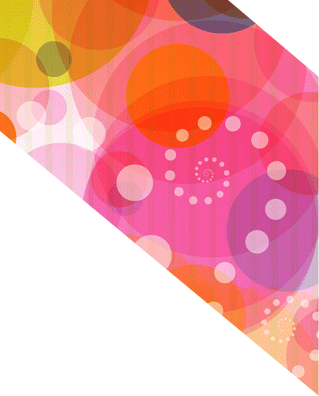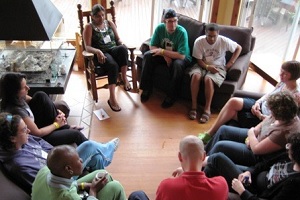Post-Polio Syndrome
TweetPost-Polio Syndrome is one type of nerve disorder. Post-Polio Syndrome is also called as just PPS. Polio is occurred at a young age may experience sure not on time effects of the disease many years later, this condition is called Post Polio Syndrome.
Causes of Post-Polio Syndrome
- Polio virus is attacked on nerve cell, this is main cause of Post-Polio Syndrome.
- Viral infection is main cause of Post-Polio Syndrome.
- Metabolic as well as mitochondria disorder is also responsible for Post-Polio Syndrome.
What are the symptoms of Post-Polio Syndrome?
There are various symptoms occurred in Post-Polio Syndrome;
- Weakness in muscle
- Joint pain
- Problem in breathing and swelling
- Cold temperature
- Tiredness
- Speech difficulty
- Disorder in sleep
Diagnosis of Post-Polio Syndrome
- Medical history plays an important role in diagnosis of Post-Polio Syndrome.
- MRI scan and CT scan are also useful in detection of Post-Polio Syndrome.
- Sometimes, blood test is also used in diagnosis of Post-Polio Syndrome.
- Post-Polio Syndrome is also tested by electromyography technique and study of nerves is also helpful in diagnosis of PPS.
How can treat Post-Polio Syndrome?
Treatment of Post-Polio Syndrome is mainly depend upon the signs and symptoms of this disease;
- In treatment of PPM, you can use of some medicines like aspirin and anti-inflammatory drugs.
- Physical therapy is play an essential role in treatment of Post-Polio Syndrome.
- Muscle relaxant is used in treatment of PPS which is affects skeletal muscle function and reduces the muscle tone.
- For developing speech in Post-Polio Syndrome, speech therapy can helpful.
- Some Strengthening exercises are also essential in treatment of Post-Polio Syndrome.
- For managing Post-Polio Syndrome, you can use of energy conservation process by using some physical activity.


Sometimes crying or laughing
are the only options left,
and laughing feels better right now.

Current Issue
 Self Help Leaflets Take the help of our self help leaflets or booklets. |
 The DG Magazine All about living with depression |
Brain Disorders
Brain Disorders
- Transverse myelitis
- Chiari malformation
- Amyotrophic lateral sclerosis
- Coma
- Concussion
- Encephalitis
- Delirium
- Essential Tremor
- Post Concussion Syndrome
- Brain Tumor
- Intracranial Hematoma
- Transient global amnesia
- Reye's syndrome
- Autonomic neuropathy
- Bell's palsy
- Acoustic neuroma
- Benign paroxysmal positional vertigo (BPPV)
- Brachial plexus injury
- Cerebral palsy
- Charcot Marie Tooth disease
- Complex regional pain syndrome
- Dystonia
- Foot drop
- Guillain-Barre syndrome
- Krabbe disease
- Meniere's disease
- Myasthenia gravis
- Optic neuritis
- Peripheral neuropathy
- Phantom pain
- Post-polio syndrome
- Postherpetic neuralgia
- Progressive supranuclear palsy
- Ramsay Hunt syndrome
- Spasmodic torticollis
- Spinal cord injury
- Spinal stenosis
- Trigeminal neuralgia
- Vocal cord paralysis
- Whiplash
- Primary progressive aphasia
- Leukodystrophies
- Wilson's Disease
- Aneurysm
- Aphasia












